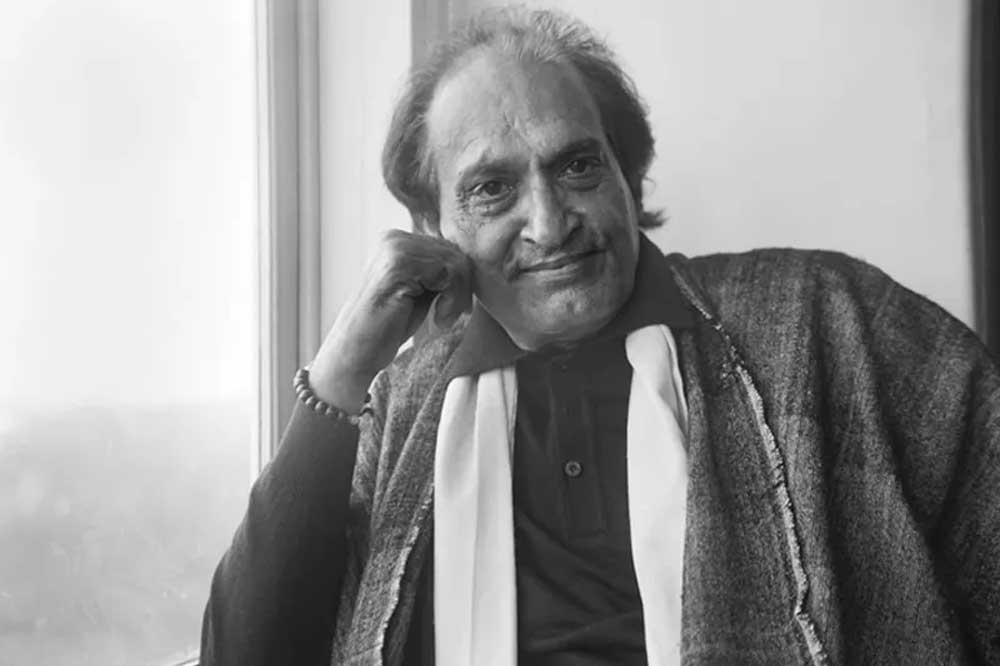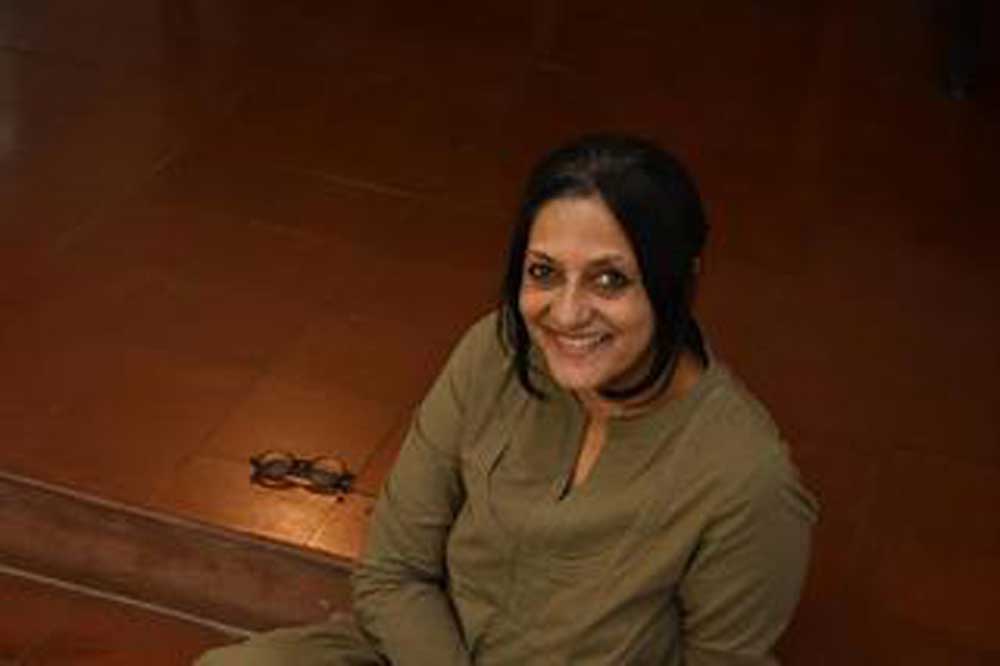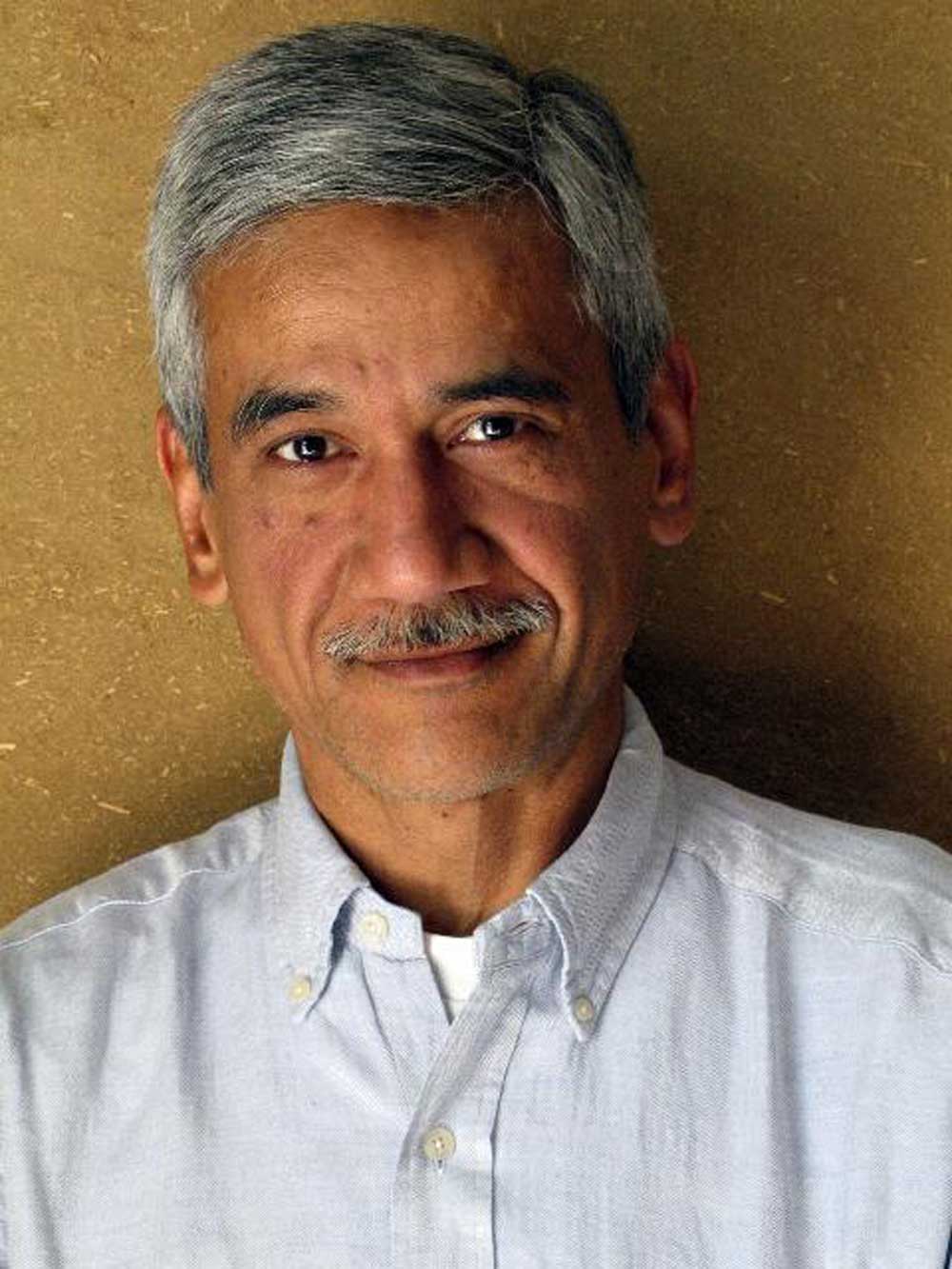The world's first surviving photograph was taken in 1826 or 1827 by Joseph Nicéphore Niépce. Niépce invented heliography, a process that creates unique images on metal plates treated with light-sensitive chemicals. Niépcein's View from the Window at Le Gras is a grey-hued pewter plate with fuzzy shadow patterns of buildings and treelines. At first glance, it's not very stunning, but a digitally corrected copy makes the image clearer. It may not seem impressive compared to the sharp digital pictures we’re used to today, but it played a crucial role in the advancement of contemporary photography.
Niépce used bitumen of Judea, also known as Syrian asphalt, a naturally occurring asphalt with light-sensitive qualities, on a heated pewter plate in order to create this photograph. He set up a camera obscura with the plate facing his second-story window. Niépce may have left the camera open for as much as up to two days, but we know for sure he did so for at least eight hours. Only when the unhardened portions of asphalt were removed, could the image of the cityscape be seen, as the bitumen hardened where the light was strongest.
India was introduced to photography in 1840s when the country was under British Colonial rule. Even before colour photography became popular, a lot of British photographers were keen to leave the desolate, drab, rain-soaked island and explore India in order to capture its vivid colour palette. Over the years, India has demonstrated itself to be a bountiful place for photographers, drawing some of the most recognisable names from around the world and giving birth to a plethora of others. Together, the photos they took show how the nation's physiognomy has changed over time and communicate its unique, alluring spirit.
There are pictures everywhere. These are pictures that exist as fascinating windows to other breathtaking places as well as fragments of the actual world. With the advent of the photo studio in the early 20th century and the smartphone in the 21st century, photography has grown tremendously since the invention of the camera in the mid-1800s. It has transitioned from being the preserve of the wealthy to progressively becoming a part of the daily lives of people across the world.
Pictures speak a thousand words but the art of capturing images is what spoke to some of these renowned photographers who were also pioneers in the field, and whose photos helped to define both the art form and how we view the world.

Raghu Rai
At the age of 23, Raghu Rai began working as a photojournalist for the daily newspaper The Statesman, becoming the first Indian photographer to receive a nomination for membership in the esteemed Magnum Photos. As a photojournalist for these and other prestigious publications, Rai travelled the nation covering events ranging from musical concerts featuring luminaries like Pandit Ravi Shankar and Hari Prasad Chaurasia to scenes of war and disaster such as Bhopal following the 1984 Gas Tragedy. These experiences served as the foundation for Rai's career. His distinctive black-and-white images pay tribute to the full gamut of mankind, including instantly identifiable personalities such as like Satyajit Ray, Mother Teresa, and Indira Gandhi to the anonymous populations living on the periphery.

Pushpamala N
She’s aptly dubbed ‘the most entertaining artist-iconoclast of contemporary Indian art.’ She is well-known for her ‘performative photographs,’ which utilise pop culture as a springboard to subvert prevailing cultural narratives through a distinctively feminist viewpoint. The artist began her career as a sculptor before transitioning to photography and video in the 1990s. She created a series of staged narrative images known as photo-romances,’ in which she portrayed herself in a variety of melodramatic and fictional roles that were influenced by traditional film character archetypes for women.

Sunil Gupta
Gupta moved to Montreal at the age of 15, and later to New York and London. He was very much interested and invested in capturing queerness and migration as both personal and artistic subjects. These interests have remained constant throughout the artist's career. Not only has Gupta tackled issues of race, class, and ethnicity through projects like Arrival, which documents LGBTQ+ asylum seekers in the UK from all over the world and whose portraits were displayed in Birmingham during the Commonwealth Games in 2022, but he has pursued these enduring passions throughout his work in addition to the lifelong goal of ‘bringing the gay Indian image into the cannon of art history.’

Ketaki Sheth
She is well-known for her understated black and white images that capture unexpected interactions amongst their various subjects. She started out as a street photographer in her native Mumbai, learning from her mentor Raghubir Singh. The photographer's lifelong interest in diasporic communities began after her migration to London in the 1990s. This was demonstrated by her work on projects such as A Certain Grace, which documented the life of the Sidi community in Gujarat, which originated in East Africa, and Twinspotting, a series of more than a hundred portraits of twin siblings from the Patel community in the United Kingdom.

Dayanita Singh
One of the most well-known photographers in the world is Dayanita Singh from India. She is also a book-builder, archivist and a curator. Instead of focusing on taking single images, she creates sets that resemble books, book-objects, or boxes and invites viewers to join in on their narrative. Take the critically renowned Museum Bhavan, where she displays photos inside wooden panels to create the illusion of an infinitely curated museum; these pieces become interactive, and more than just objects to be gazed at.
Image source: Art & Object, Shooter files, Youraga, Jnaf